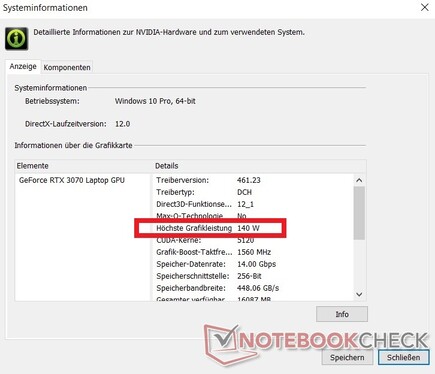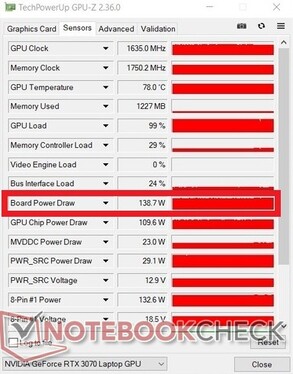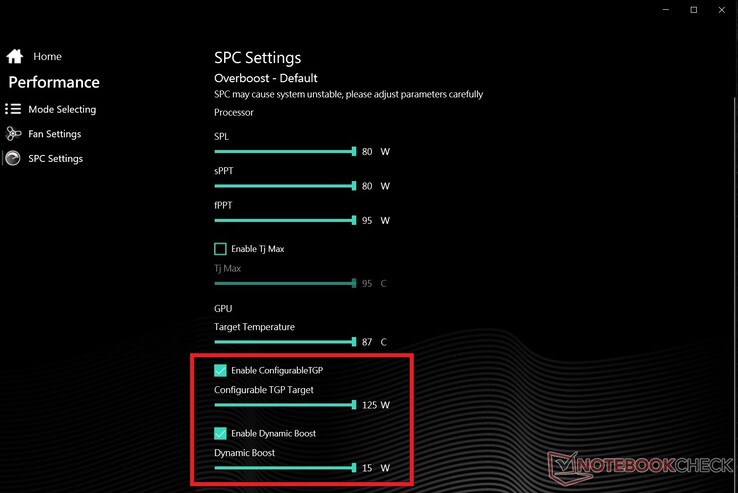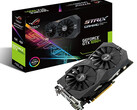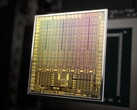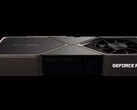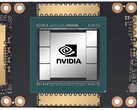In recent weeks, we have reported many times on the problem with OEMs failing to disclose their RTX 30 series laptops' TGPs and clock speeds. NVIDIA sells at least 28 Ampere variants to OEMs, but these are only marketed as the RTX 3060, RTX 3070 and the RTX 3080. NVIDIA no longer use its Max-Q branding to denote less powerful laptop GPUs either, creating up to a 70 W TGP difference between GPUs that it has categorised under the same name. Typically, Ampere GPUs with lower TGPs also run at slower clock speeds than their more powerful counterparts.
Initially, NVIDIA only advised OEMs to disclose their RTX 30 series laptops' TGPs and clock speeds. However, few OEMs followed NVIDIA's advice, with ASUS and XMG the notable exceptions. MSI even justified keeping people in the dark by claiming that it be would impossible to do so across its product stack.
Unsurprisingly, TGP and clock speeds variances result in massive performance differences between GPUs. An RTX 3060 with a 115 W TGP can outperform an RTX 3080 restricted to 80 W, for example, which would be no fun if you have bought an RTX 3080 laptop expecting top-tier performance. You can find the TGPs and clock speeds of all RTX 30 series laptops here.
According to The Verge, NVIDIA has changed stance and now requires OEMs to disclose TGP and clock speed information to customers. Naturally, we welcome transparency and the speed with which NVIDIA has acted.
However, NVIDIA is no longer embracing transparency in other areas. According to our German-speaking colleagues, NVIDIA initially disclosed the Highest Graphics Performance of its RTX 30 series laptop GPUs in its review drivers (461.23). Highest Graphics Performance represents a card's peak TGP when using Dynamic Boost 2.0, which NVIDIA does not list on its website. Sadly, NVIDIA has removed this from its release driver (461.40), seemingly without reason. Hopefully, the Highest Graphics Performance value returns in future driver revisions.
Update
NVIDIA has now released GeForce Hotfix Driver 461.51, which addresses several issues, including one relating to the missing Maximum Graphics Power information from its release drivers. This should now be visible from within System Information in the NVIDIA Control Panel for all RTX 30 series laptops.
Previously, NVIDIA had omitted the information for what would have previously been known as Max-P laptops. Maximum Graphics Power information remained active in the release driver for lower wattage RTX 30 series laptops, or Max-Q ones as NVIDIA used to call them.





